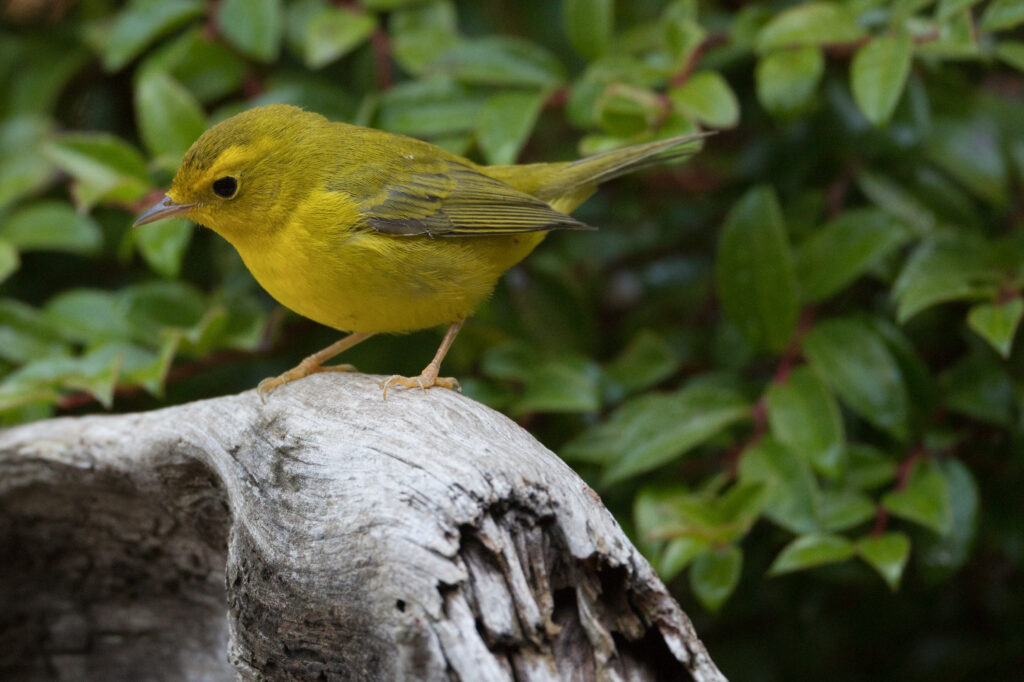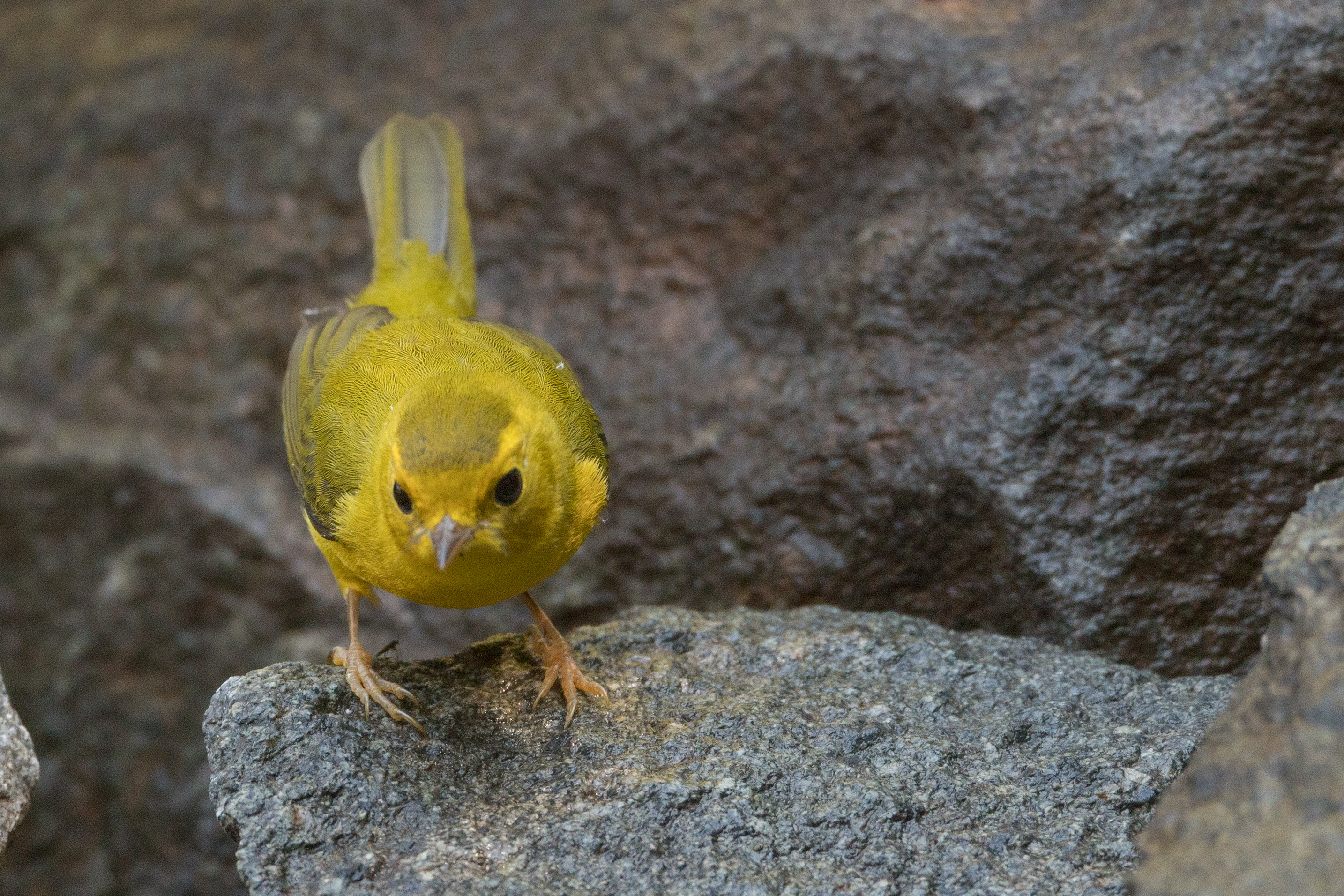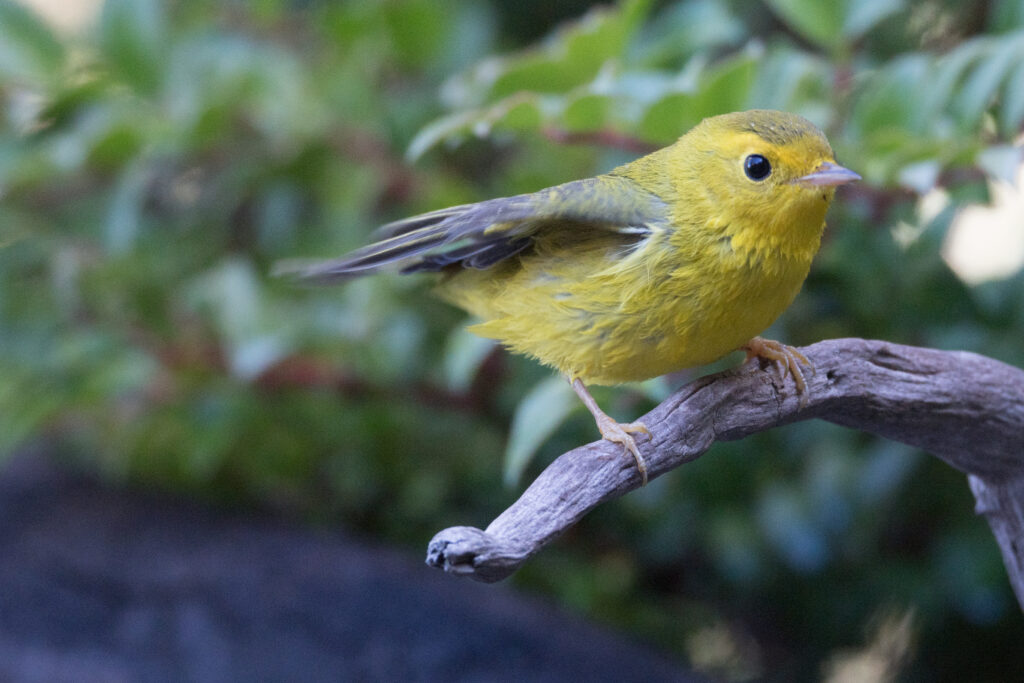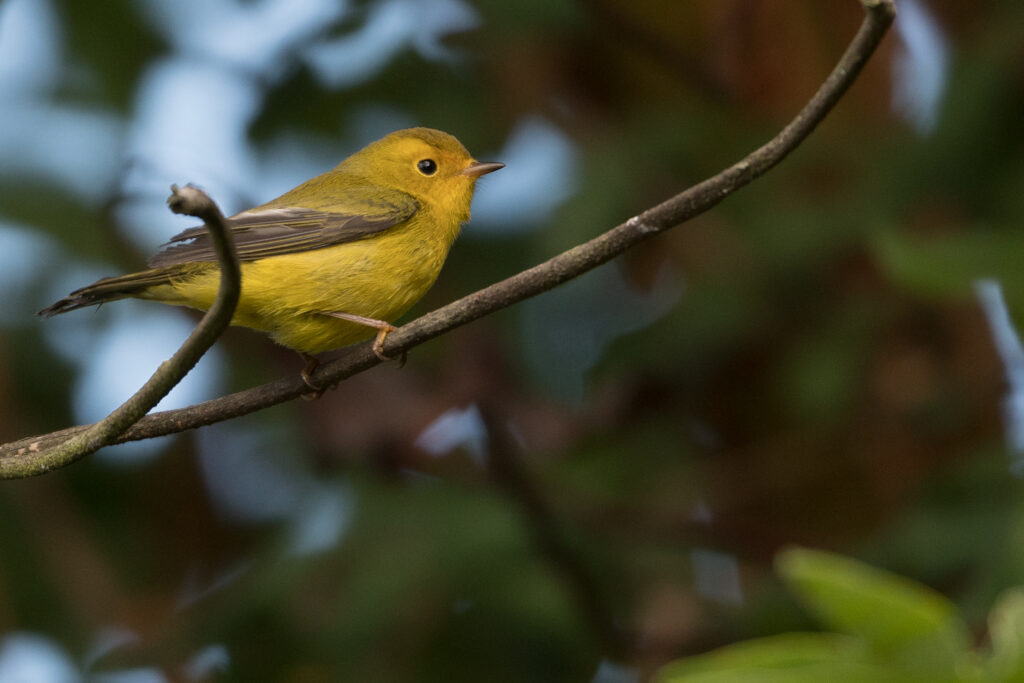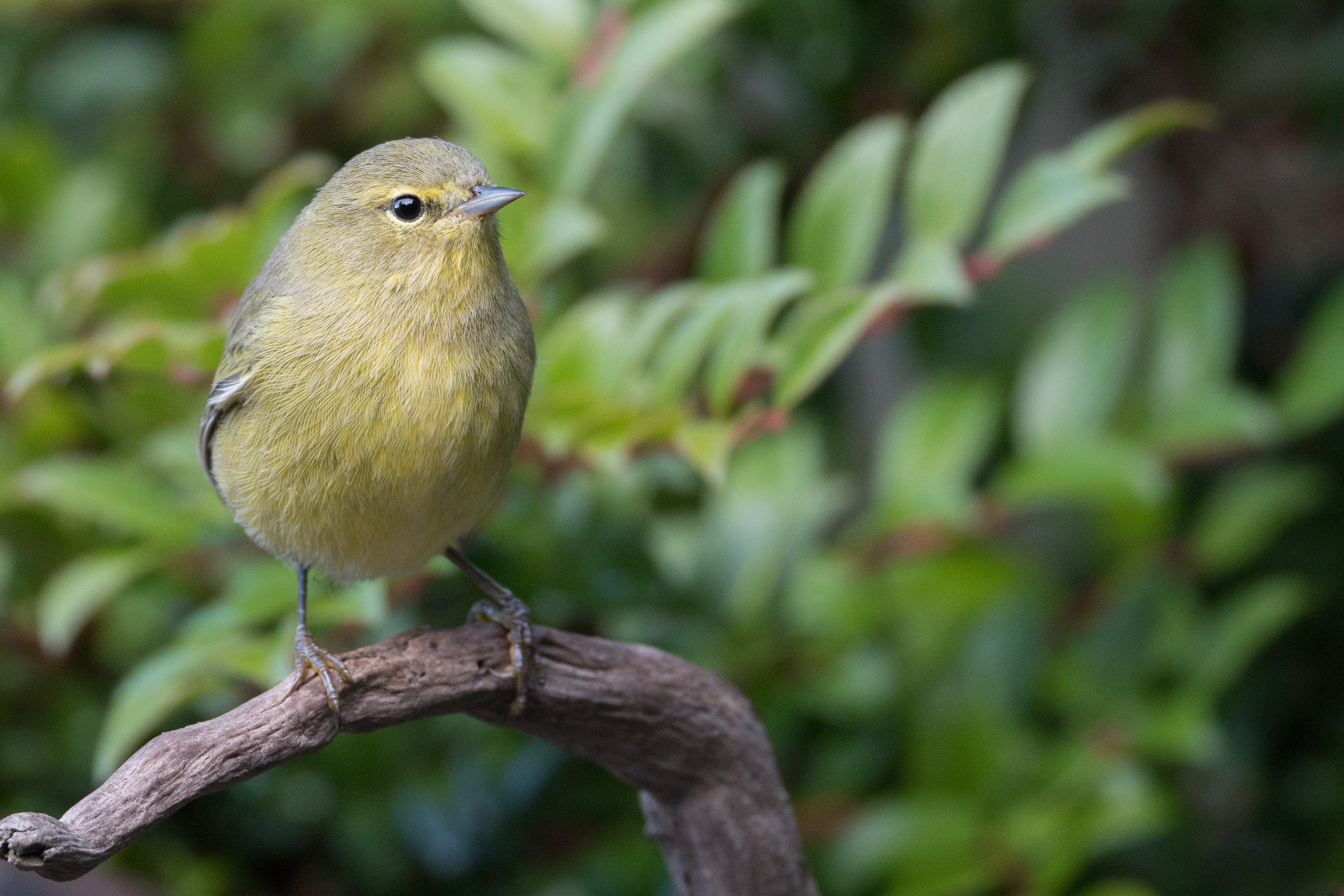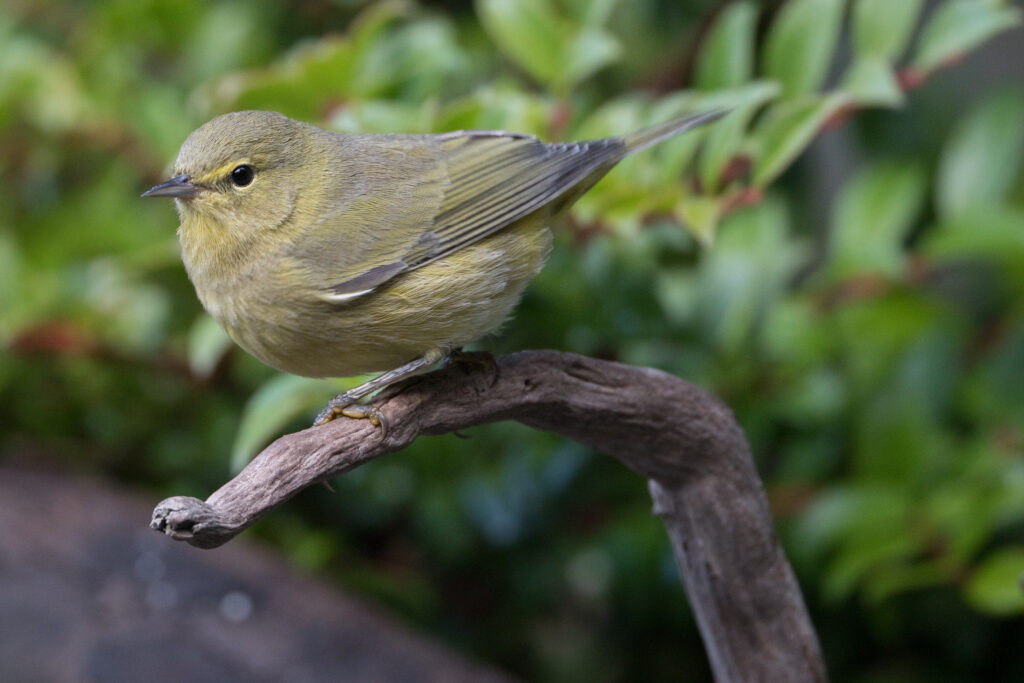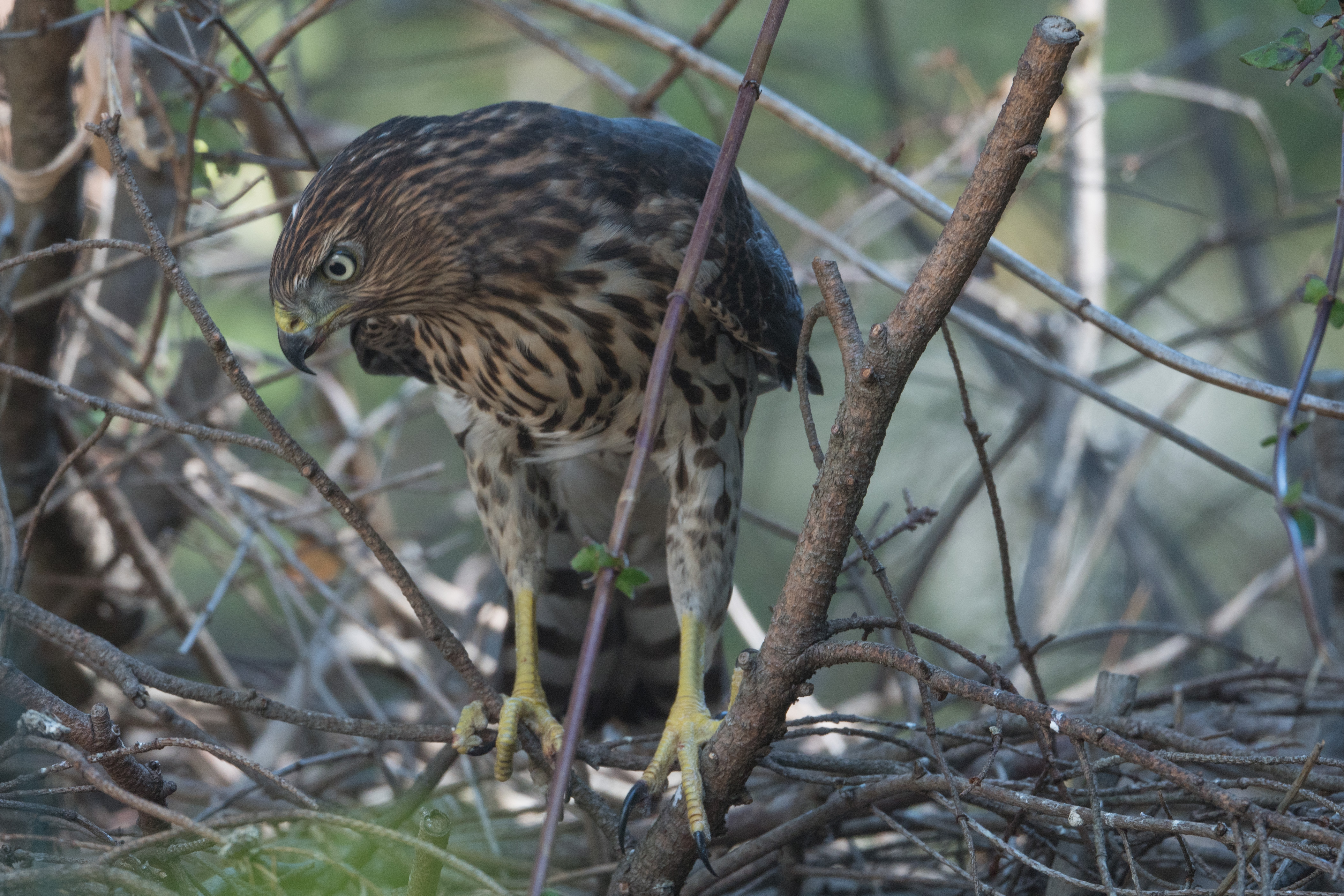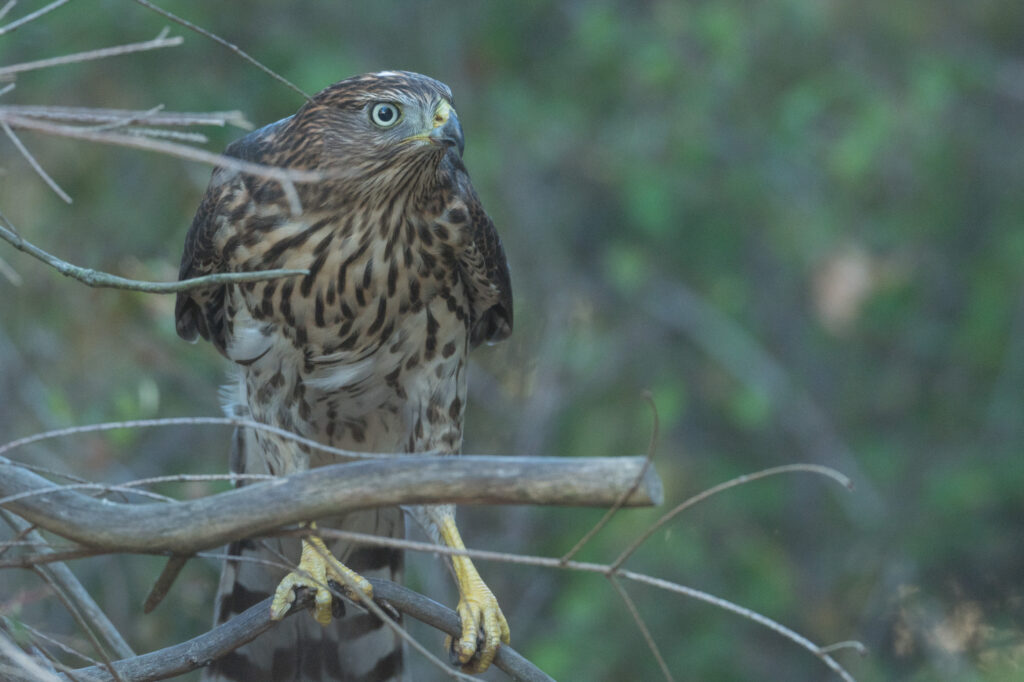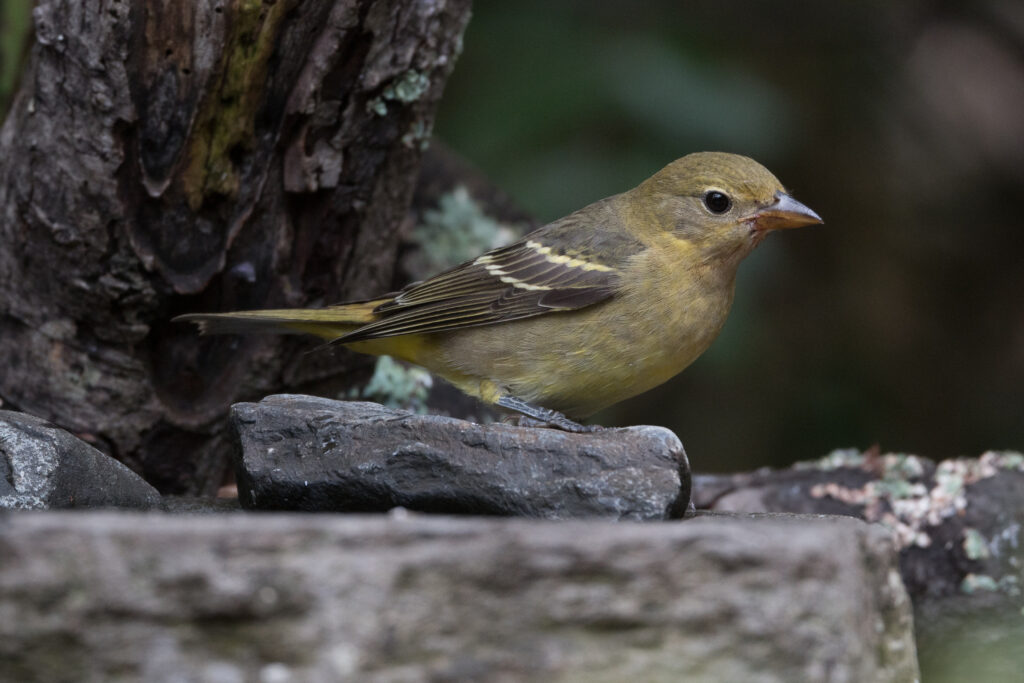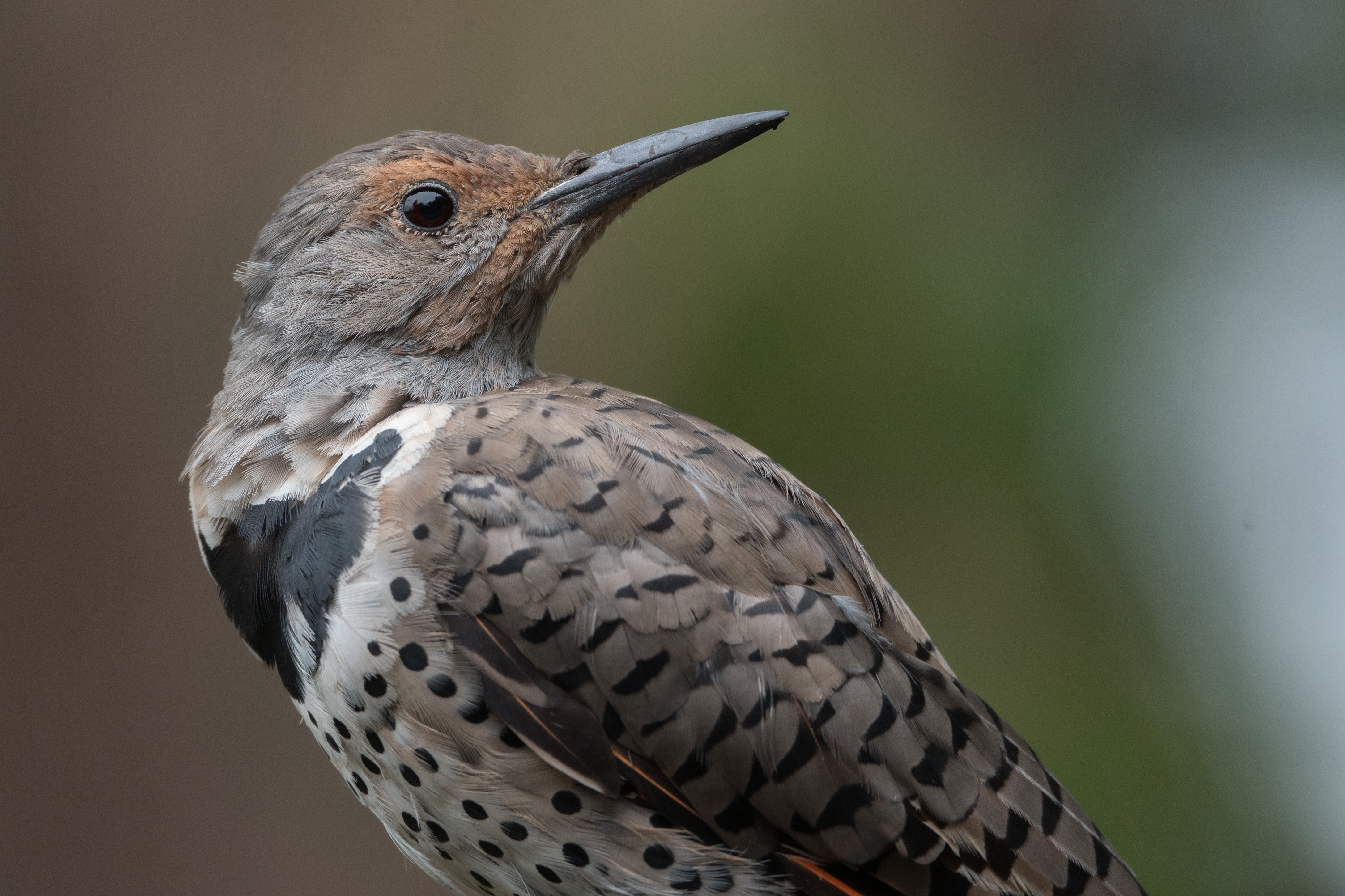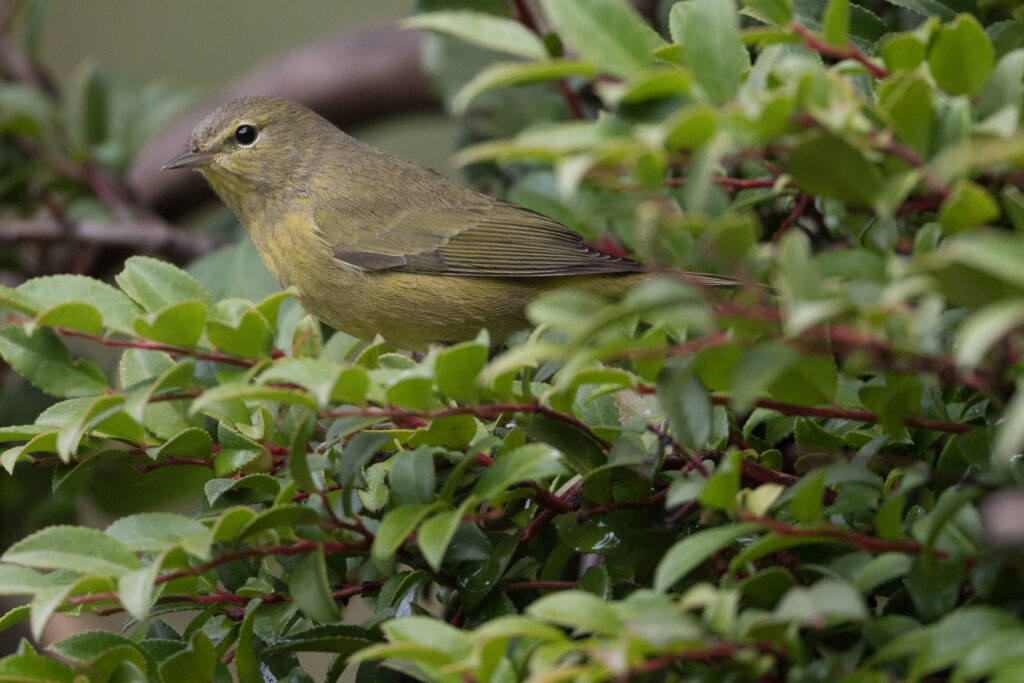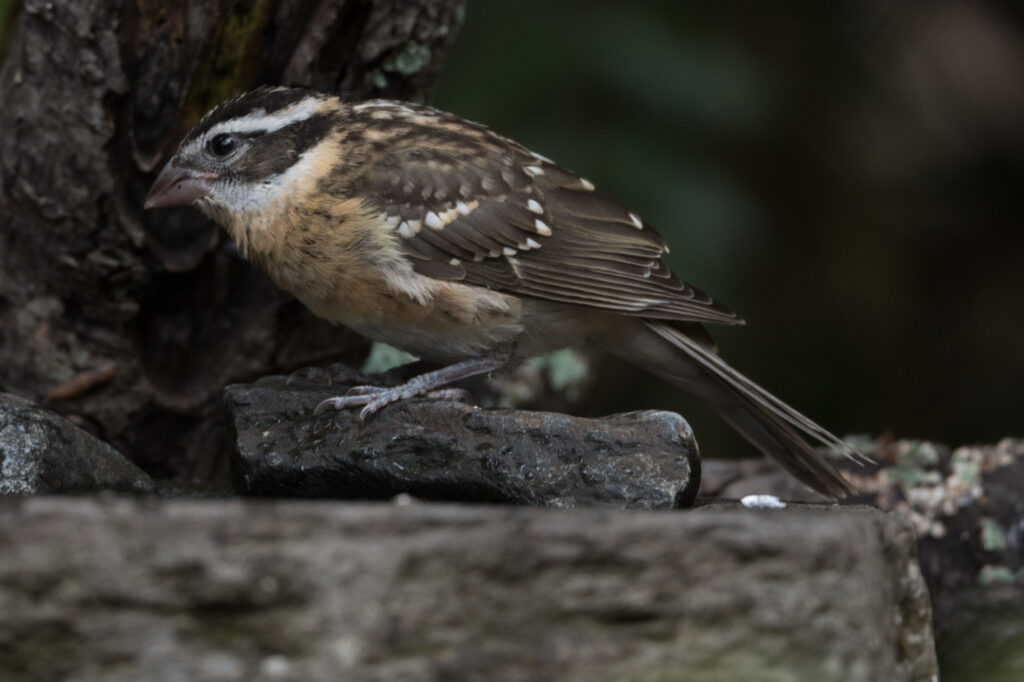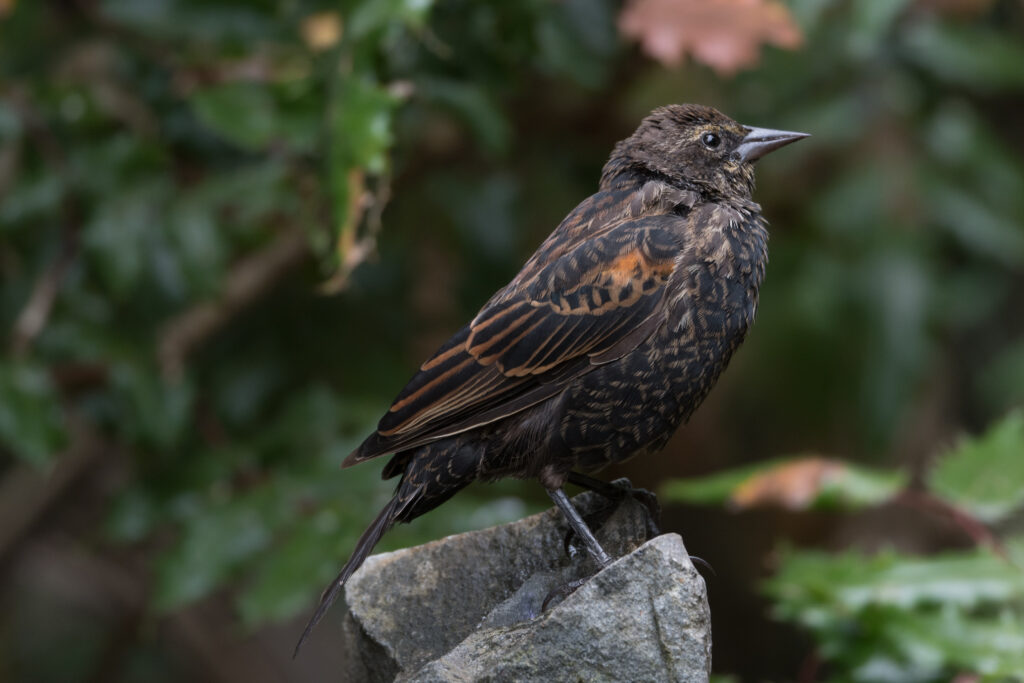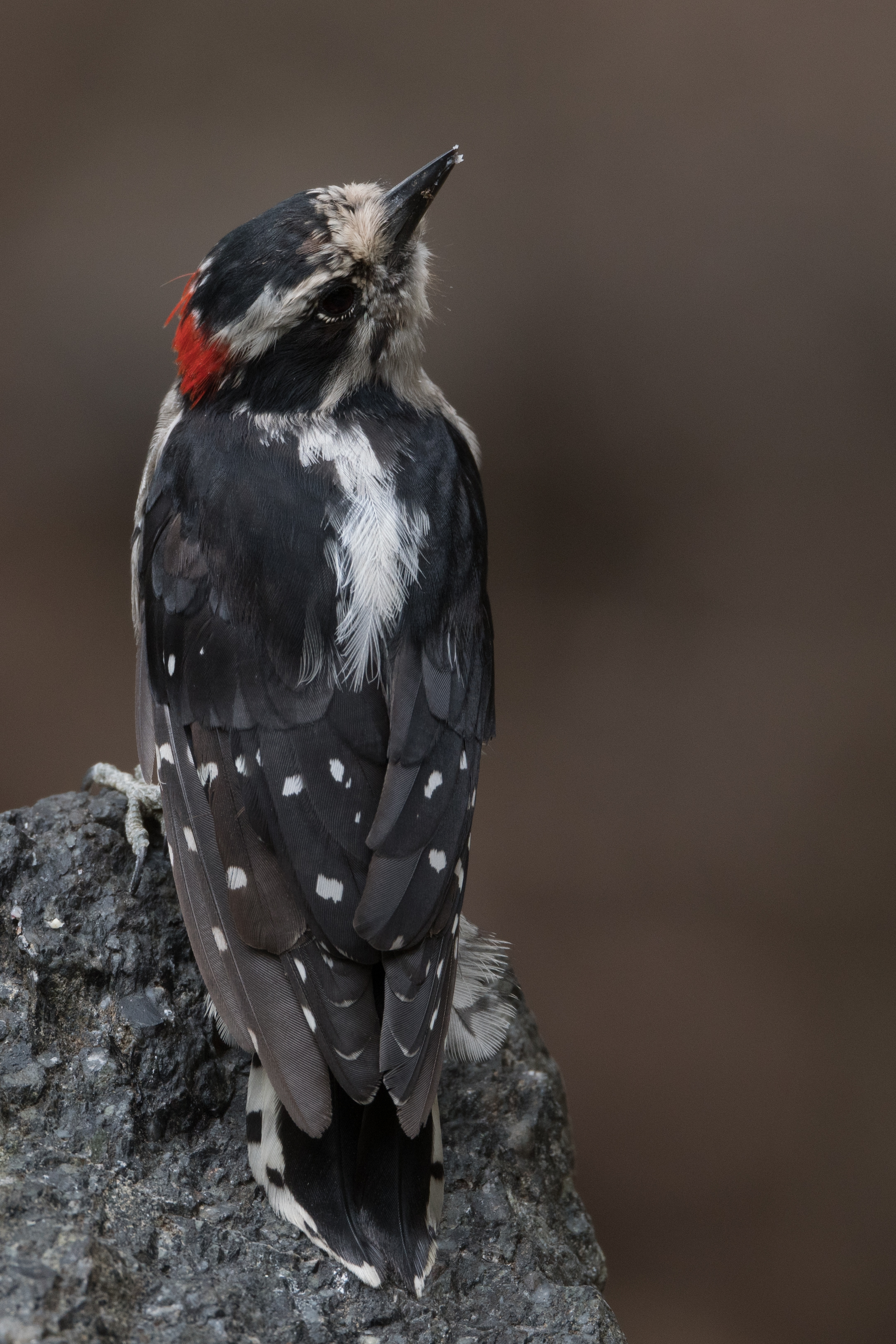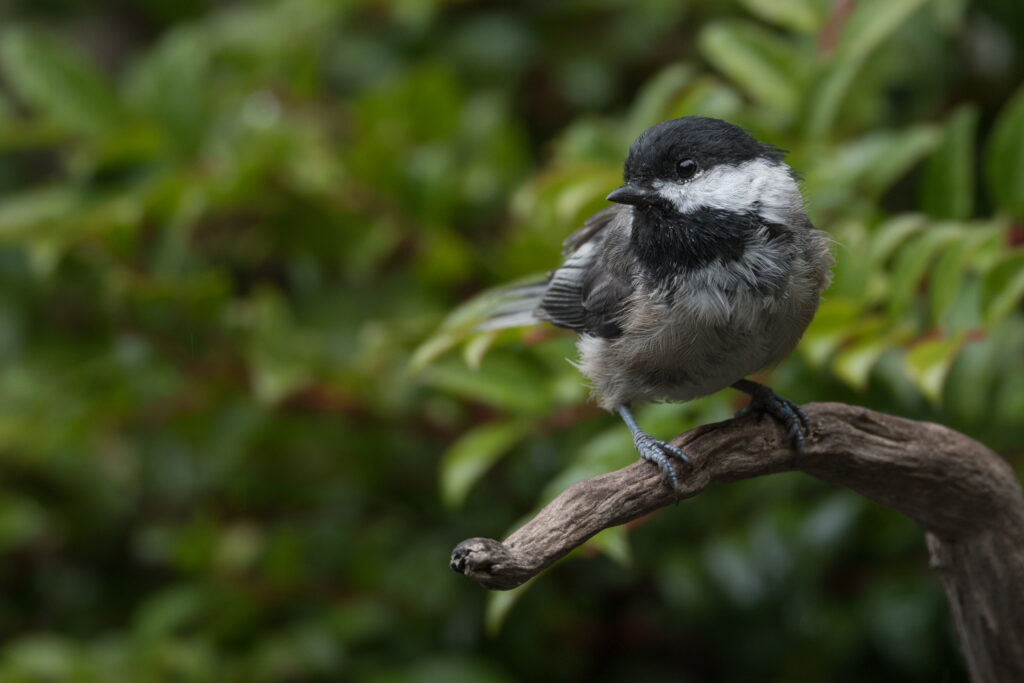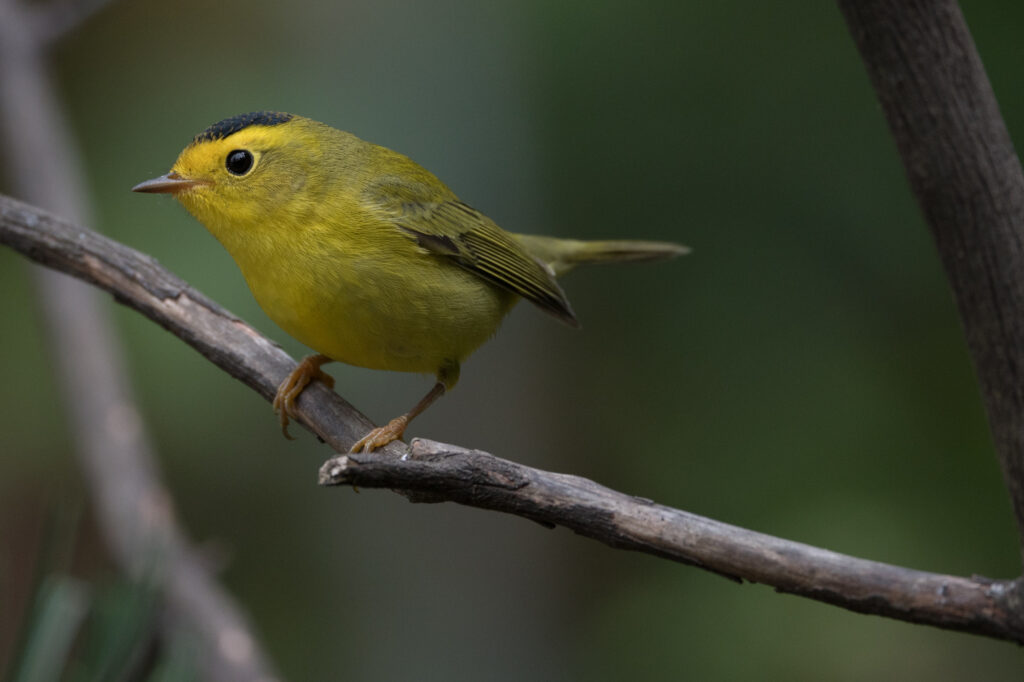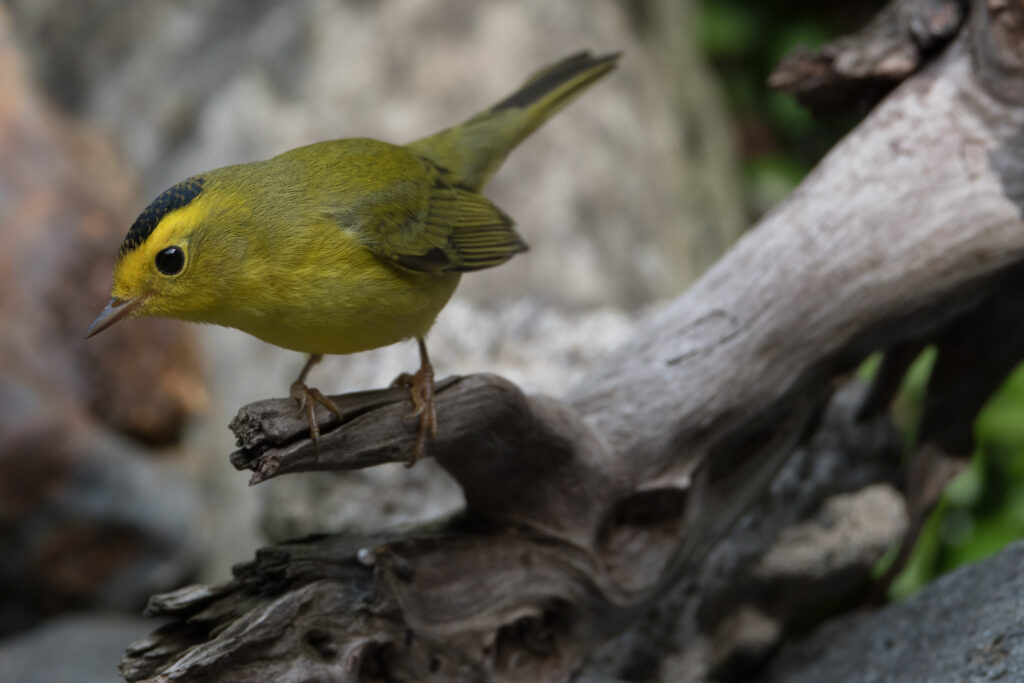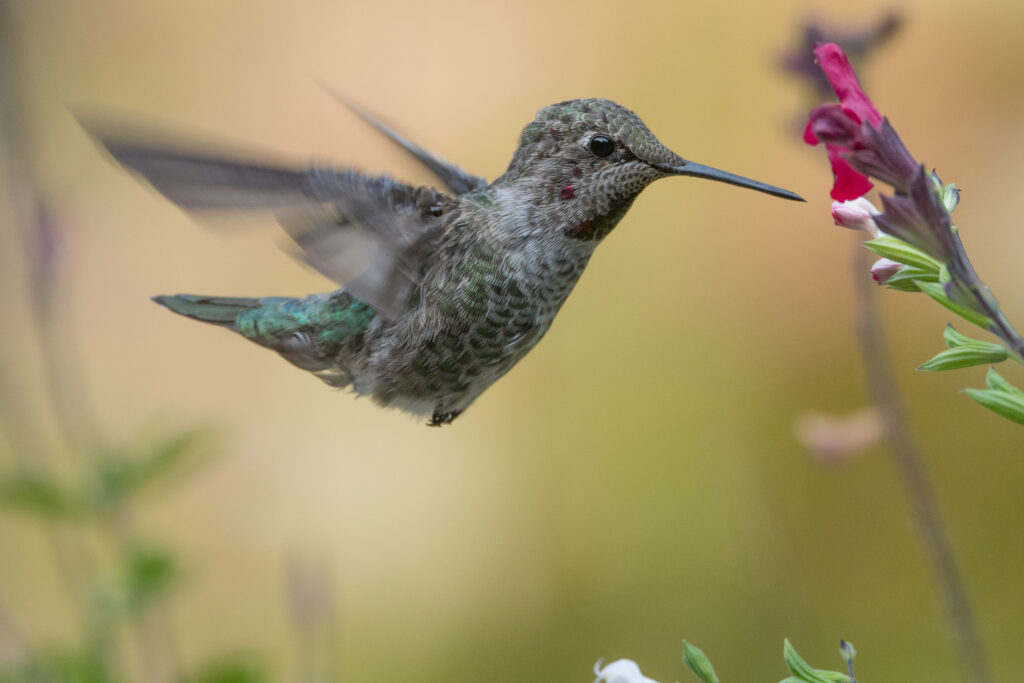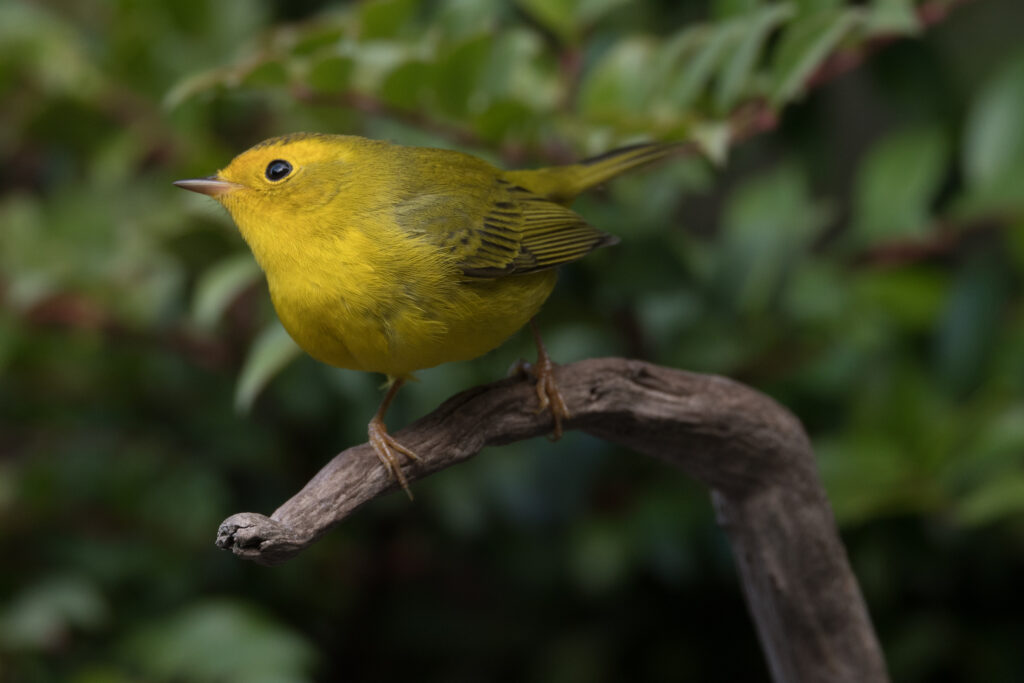On September 20, 2021, I was about halfway through a rare at-home margarita, watching the 5:30pm national news with dinner pending when I received a phone call from neighbors. It seems that they were watching a large owl chase an Eastern Gray squirrel around a tree trunk in the Cap Sante wetland and they wanted me to come down to watch and try to photograph the owl. I was reluctant because of the aforementioned factors and I had just spent a couple of frustrating hours in the yard unsuccessfully waiting to photograph some interesting birds that I had hoped might happen by. Added to my reluctance was the fact that the light was fading and conditions didn’t lend themselves to quality photography. (Back to the owl situation in a minute.)
On 9/19 I had a brief glimpse (and gotten a couple of bad photographs for records purposes) of our first Golden-crowned kinglet of the fall/winter season. I made several trips to monitor the yard on 9/20 and on almost every one there was initially a kinglet in the yard, but it never presented an opportunity for photographs. (On my last trip out there were two in the yard… which quickly disappeared once I got settled.) And sadly, for all the considerable time I spent in the yard only one bird (a Spotted towhee) availed itself of the watercourse. I photographed a few of the usual residents, including this male Anna’s hummingbird.
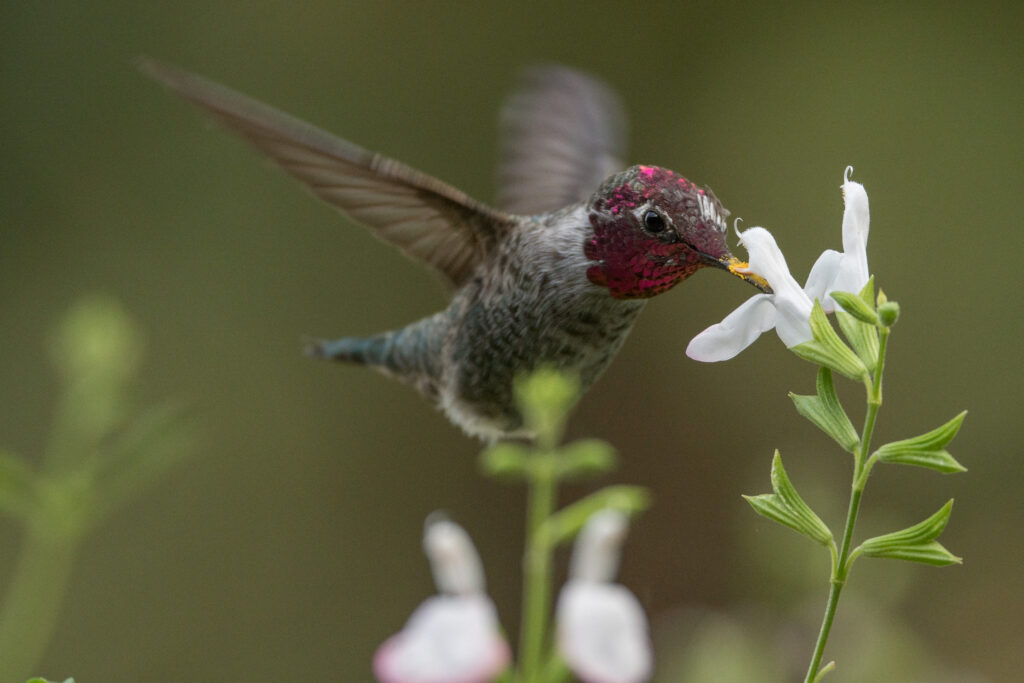
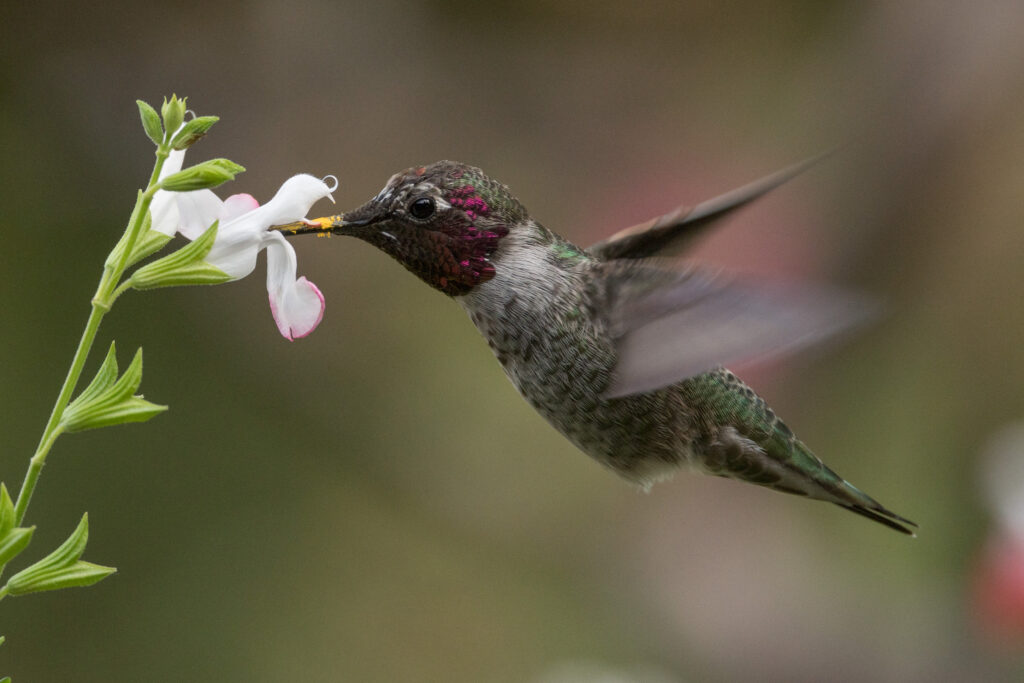
At at one time three Northern flickers were dispersed by what has become a regular, generally unwelcome visitor, a large female/juvenile Cooper’s hawk (confirmed by a hawk expert via photographs by a hawk bander in Seattle).
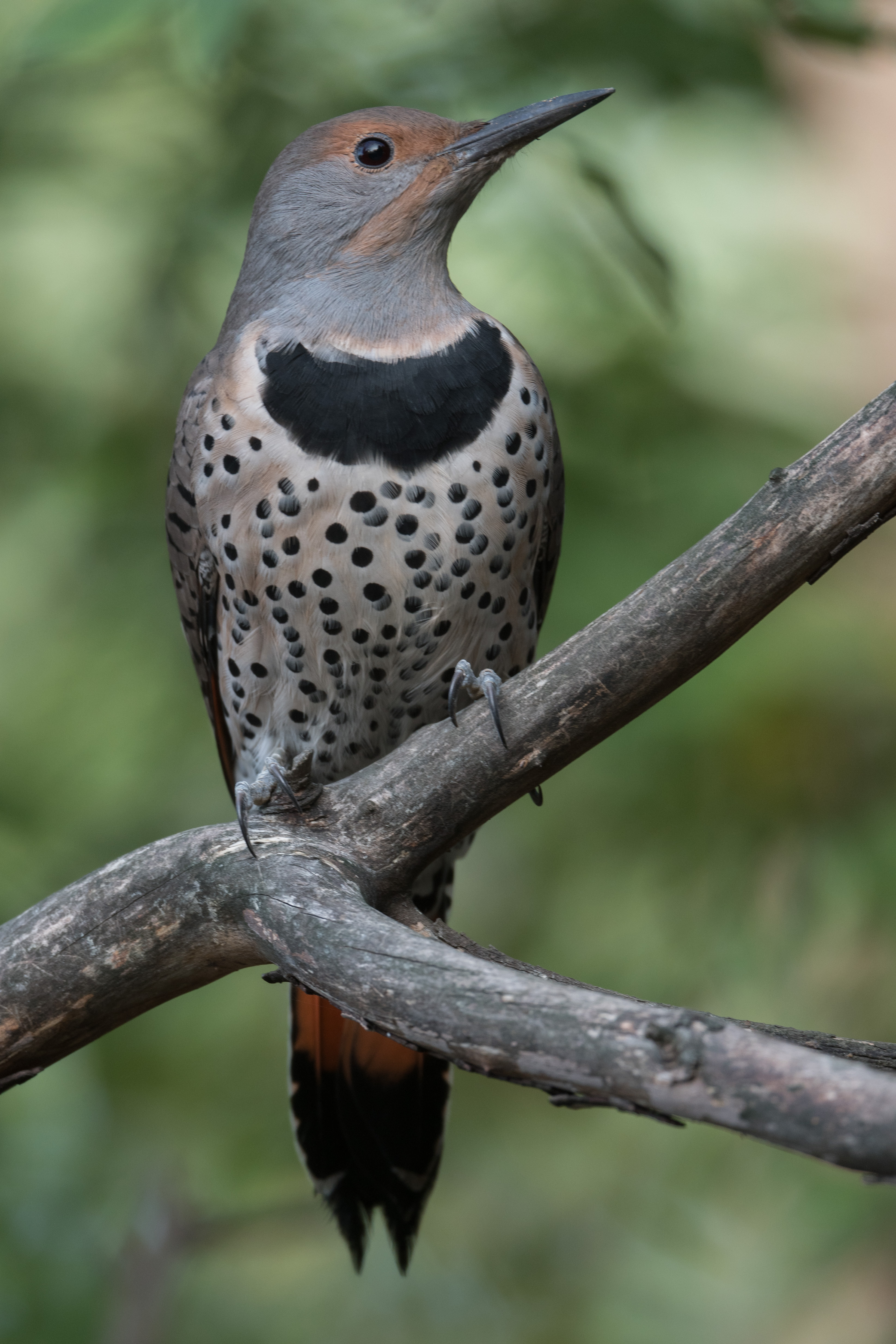
But back to the dilemma at hand… whether or not to leave the house and try to photograph the owl. Under duress from the neighbor I grabbed my camera gear and drove to the wetland intending to use my vehicle as a blind. When I arrived it wasn’t difficult to find the owl… it was extremely active, flying from perch to perch and apparently hunting. I noted that the owl was a Barred owl. We have occasionally had a Great Horned owl in the neighborhood but it is much rarer and this owl had no protruding ears.
I followed the owl from tree to tree and snapped what photos I was able. At one point I briefly lost sight of the owl as it flew close to the ground, and when it again popped up on a branch it was carrying what I am assuming was a rat! I watched (and photographed) the owl as it flew to a couple of different perches and proceeded to eat the rat!
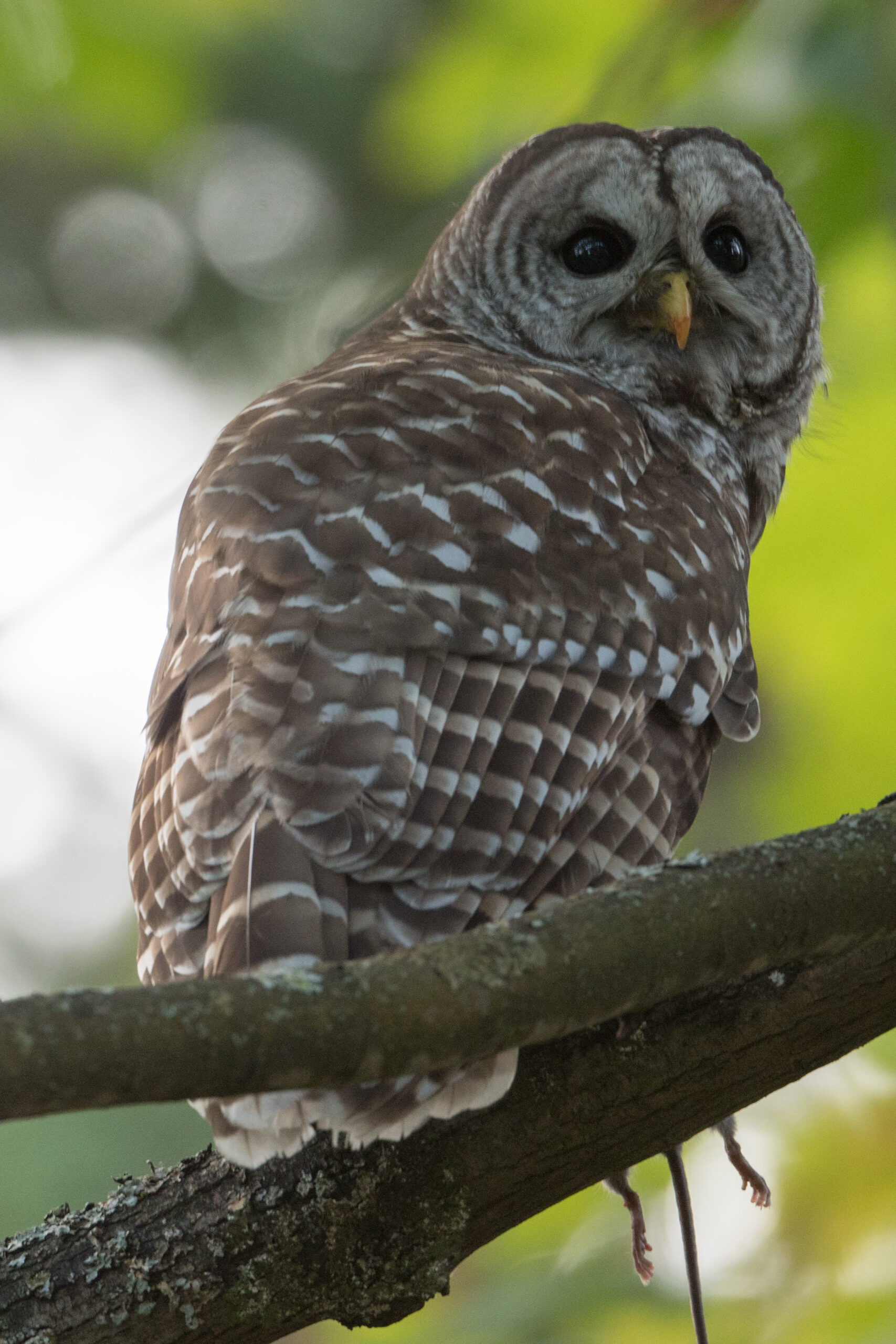
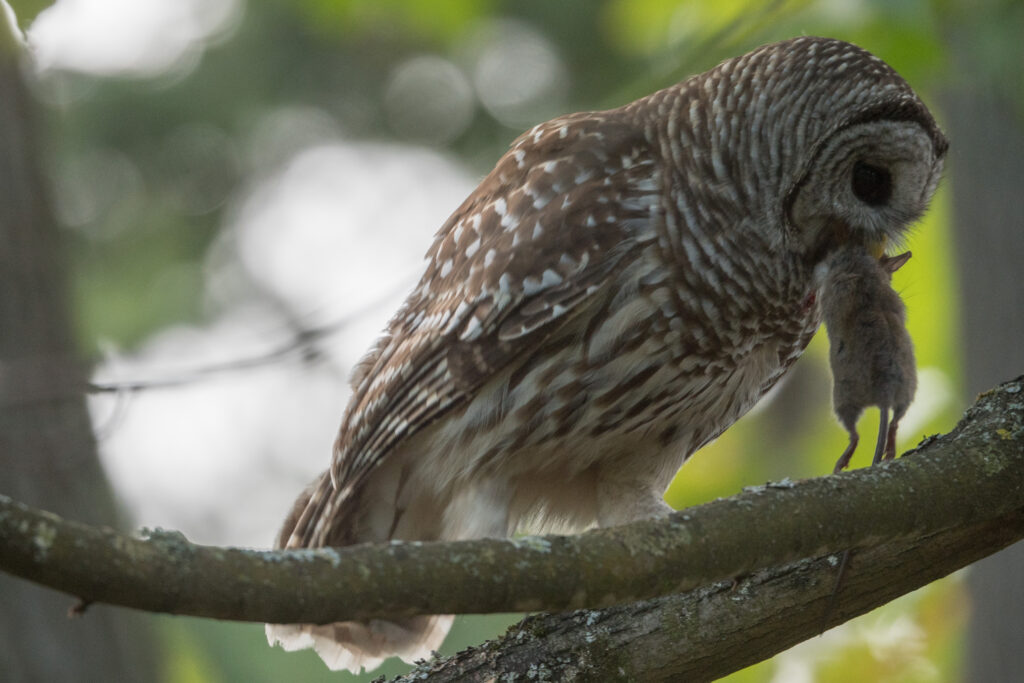
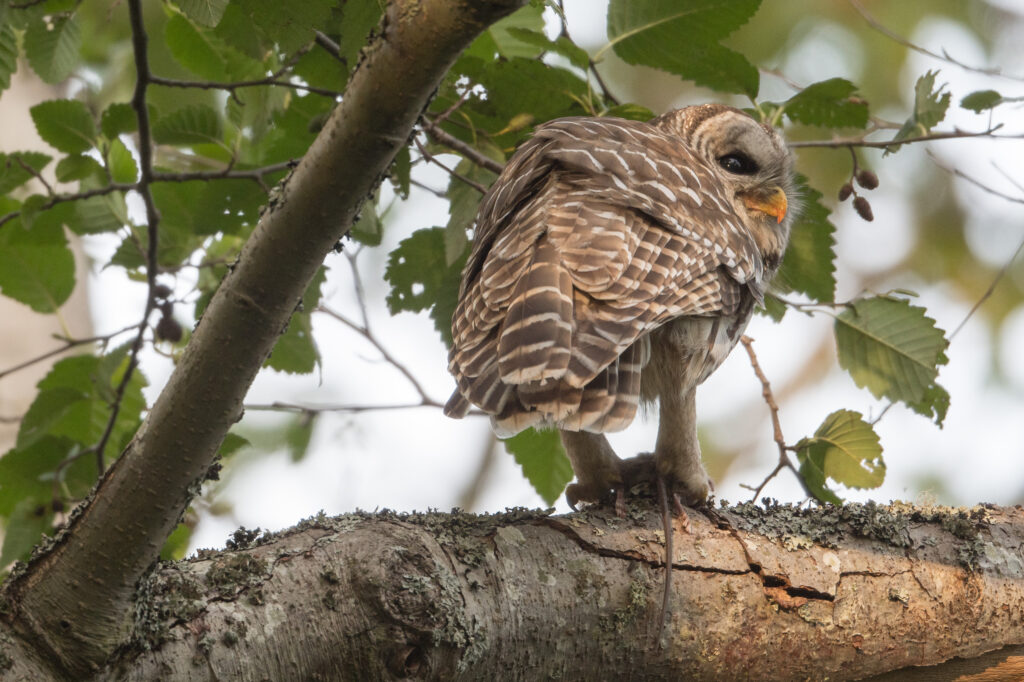
After consuming the rat the owl continued its hunting activities, moving from perch to perch. I finally lost the owl when it flew into some trees on the property of the friend who had initially called me. I’m looking forward to photographing the owl in the coming weeks when I have better light and autumn has done its work and more of the leaves are off the trees.

